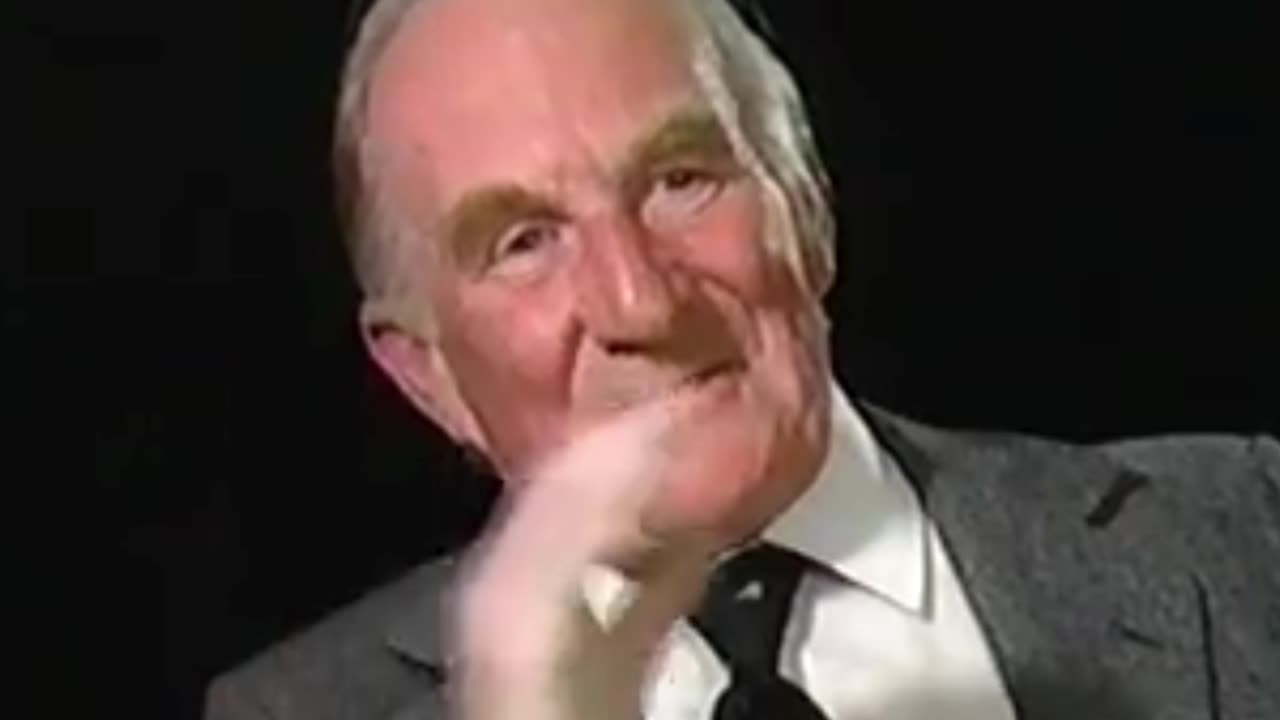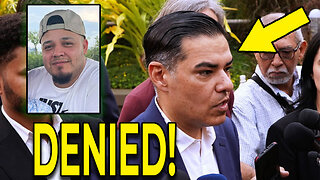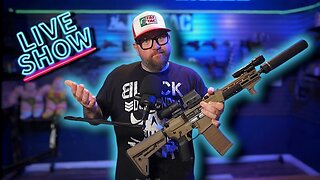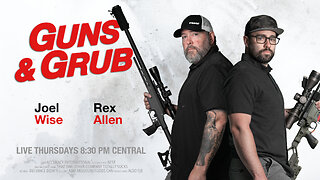Premium Only Content

Battle of Britain Aces Remember the Dogfights
Before the war, the RAF's processes for selecting potential candidates were opened to men of all social classes through the creation in 1936 of the RAF Volunteer Reserve, which "... was designed to appeal, to ... young men ... without any class distinctions ..."[107] The older squadrons of the Royal Auxiliary Air Force did retain some of their upper-class exclusiveness,[108] but their numbers were soon swamped by the newcomers of the RAFVR; by 1 September 1939, 6,646 pilots had been trained through the RAFVR.[109]
By mid-1940, there were about 9,000 pilots in the RAF to man about 5,000 aircraft, most of which were bombers.[citation needed] Fighter Command was never short of pilots, but the problem of finding sufficient numbers of fully trained fighter pilots became acute by mid-August 1940.[110] With aircraft production running at 300 planes each week, only 200 pilots were trained in the same period. In addition, more pilots were allocated to squadrons than there were aircraft, as this allowed squadrons to maintain operational strength despite casualties and still provide for pilot leave.[111] Another factor was that only about 30% of the 9,000 pilots were assigned to operational squadrons; 20% of the pilots were involved in conducting pilot training, and a further 20% were undergoing further instruction, like those offered in Canada and in Southern Rhodesia to the Commonwealth trainees, although already qualified. The rest were assigned to staff positions, since RAF policy dictated that only pilots could make many staff and operational command decisions, even in engineering matters. At the height of the fighting, and despite Churchill's insistence, only 30 pilots were released to the front line from administrative duties
-
 LIVE
LIVE
Jokeuhl Gaming and Chat
2 hours agoEmpyrion - Galactic Survival Long Range Jump Aquired
44 watching -
 4:42:30
4:42:30
Right Side Broadcasting Network
1 day agoLIVE REPLAY: President Trump Gives Commencement Address at University of Alabama - 5/1/25
122K18 -
 16:58
16:58
T-SPLY
8 hours agoDems’ Bad News: El Salvador Rejects Abrego, Democrats Fume!
51.1K45 -
 18:56
18:56
Nick Shirley
4 hours ago $1.22 earnedAsking People About Trump’s First 100 Days… How are Americans Feeling?
7.02K16 -
 LIVE
LIVE
NellieBean
2 hours ago🔴 LIVE - COD and Thunder!
86 watching -
 1:46:46
1:46:46
megimu32
3 hours agoON THE SUBJECT: Gaming, Beats & Rumble MUSIC with Lumpypotatox2 🎮🎶
15.7K6 -
 9:50
9:50
Melonie Mac
6 hours agoXbox raised their prices
7.42K26 -
 LIVE
LIVE
BlackDiamondGunsandGear
1 hour agoEDC for 2025 (Probably not a SIG)
70 watching -
 LIVE
LIVE
DLDAfterDark
1 hour agoDLD Live! Beat Rifle & Pistol Combo for 2025!
134 watching -

Precision Rifle Network
1 day agoS4E14 Guns & Grub - Do Matches Cost Too Much?
6.41K1